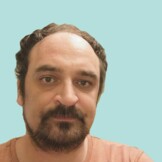- is.muni.cz - History of massage; Hana Kolářová
- mayoclinic.org - Massage therapy
- verywellhealth.com - Massage Therapy: What You Should Know
- healthline.com - What Are the Different Types of Massage?
- nhs.uk - Treatment-Lymphoedema
- britannica.com - Massage
What are the effects of massages? When are they not suitable? + Types and classification of massages
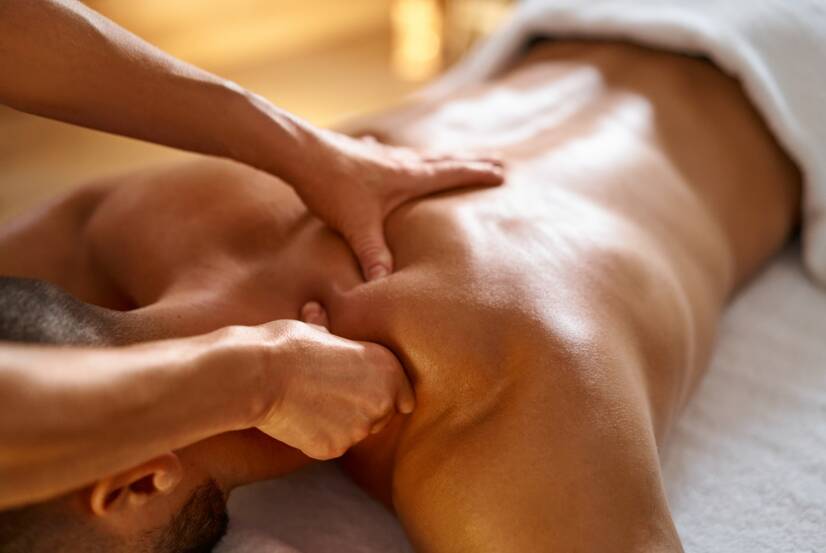
In massage, the soft tissues of the body are therapeutically manipulated. The massage is performed by a massage therapist, a specialized therapist. Most massages are performed manually with the hands.
Article content
The article describes massages, their division, effects on the human body and also situations when they are not suitable.
Characteristics and effects
History
Massage is considered one of the oldest healing methods.
The term massage comes from the Greek word massó, which means to squeeze. Even prehistoric man knew that rubbing his muscles and skin could relieve pain.
The earliest evidence of massage comes from Mesopotamia, China and Egypt, where the so-called Ebers Papyrus was found. In it, among other things, massage is mentioned.
In Europe, massage was known in Greece and was used by Hippocrates to treat back and joint pain. It is also mentioned in Homer's epic poem The Odyssey.
It was, of course, also widespread in ancient Rome and Arabia.
Massage in general
The therapist focuses primarily on the muscles and muscle groups, skin, tendons and ligaments. In most massages, the areas being massaged are gradually blooded and warmed under the hands of the massage therapist.
The blood circulation during the massage leads to improved transport of nutrients through the bloodstream to the massaged areas, better oxygenation (oxygen supply), improved local metabolism and overall metabolism.
During the massage, the hardened (cornified) skin peels off and the secretion of sweat glands increases.
Some types of massage (lymphatic drainage) improve the flow through damaged or pathologically altered tissues.
The outflow of lymph is increased.
Pathological processes often lead to changes in muscle metabolism, hyperexcitability, or an increase in muscle tone (a sustained increase in muscle tension) and muscle spasms (morbid contractions).
This often leads to misalignment of the body axis or activation of compensatory mechanisms (mostly other muscle groups).
Disproportions (different proportions) of the body result.
Repeated massage as part of a therapeutic plan gradually corrects these changes.
Massage therapy focuses on the following areas:
- Head
- Torso
- Back
- Abdomen
- Pelvis
- Limbs
An important part of massage is its effect on the human psyche. In addition to manual treatment, massage also affects psychological processes.
We can talk not only about autonomic-vegetative (self-regulatory), but also about psychosomatic model of action of such treatment.
It leads to overall relaxation and rest.
Massage also leads to pain relief.
Massage improves the function of the internal organs. By its action on the endocrine glands, it activates the hormonal-regulatory mechanisms and thus has a positive effect on the blood supply to distant tissues.
Massage can also be combined with aromatherapy and scented oils can be used directly during the massage (even in the room). It has been found to improve the overall relaxation of the patient.
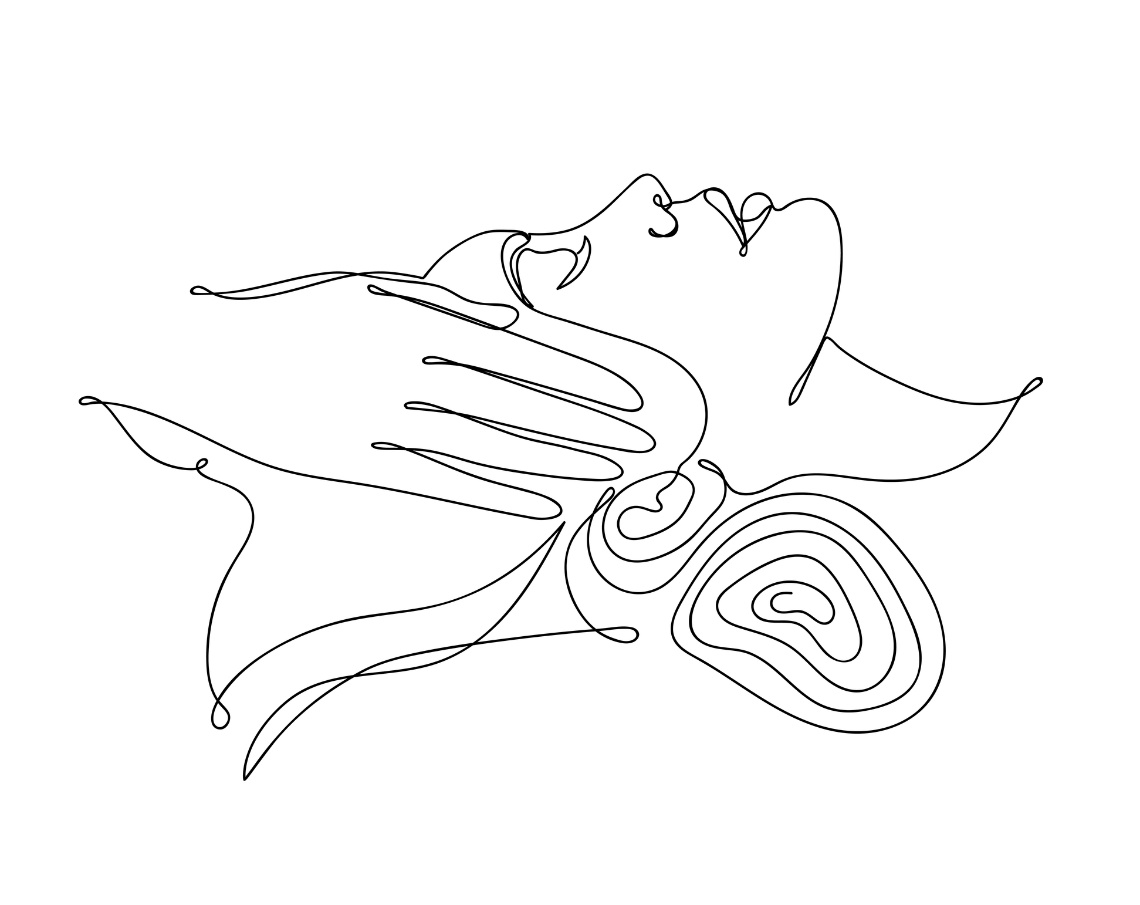
Distribution
Classical massage - Its other name is "Swedish massage". It contributes to overall resistance. The basic strokes are rubbing, spreading, kneading, kneading and shaking with respect to frequency of use and intensity.
Swedish massage can increase overall tone, increase blood flow and circulation of lymph, improve joint and muscle function, and also contributes to improving mental strength.
It is also useful for removing (dissolving) muscle knots that sometimes compensate for imbalances.
Reflex massage - A point massage of the spine and limbs used for general relaxation. It has a beneficial effect on the autonomic (organ) nervous system.
Pressure is applied to pressure points on the feet, hands, ears or points around the spine.
Lymphatic drainage - Can be manual or instrumental. The most common indications are conditions after breast surgery and conditions after trauma. It leads to improved blood circulation to the limb, improved lymph flow and reduced post-operative pain.
Soft Techniques - Deep tissue massage that focuses on the muscles and their sheaths, subcutaneous tissue and skin. During the techniques, blood flow and relaxation occurs.
It is suitable for muscle soreness, after a muscle injury with time off and also for muscle shortening.
Underwater massage (sub-acute) - Here the thermal and mechanical effect of the massage is taken into account. A nozzle is used for the massage. Mostly the chest, abdomen, pelvic area and limbs are massaged. The chemical effect of the mineral water is also taken into account during the therapeutic baths. This massage is relaxing, calming the nervous system.
Lava stone massage - This massage stimulates the blood circulation and lymphatic system, thereby increasing blood circulation to the internal organs. It helps in detoxifying the body.
Lomi-lomi - A Hawaiian massage using long soft movements. It is smooth gliding. It comes from Hawaiian temple dance. The massage releases tension and leads to overall relaxation.
Japanese Shiatsu Massage - An energetic massage that takes into account the flow of energy in the body according to Eastern philosophy. The masseur massages different areas of the body and presses acupressure points with the fingers. Japanese head and neck massage is suitable for increased stress. It reduces internal tension.
Chinese massage - Based on Eastern philosophy and classical massage, it involves acupressure strokes. The movements can be both activating and soothing. This massage improves circulation and relieves pain. It boosts health and the immune system.
Thai Massage - This is a body manipulation that uses passive stretching and pressure. Thai people believe that overall body balance and health is related to the unimpeded flow of energy.
Honey Massage - The use of honey in this massage has a detoxifying function. This massage has significant calming effects on the central nervous system. It also promotes immunity.
Vacuum Massage (Banking) - Leads to local blood circulation to the skin, subcutaneous tissue and especially the superficial muscle groups.
Sports massage - Often performed on athletes. It is sometimes useful after injuries as part of a rehabilitation plan. In one study, researchers found that overall, this massage reduced muscle soreness related to sports performance.
Trigger-point massage - Trigger-point massage is best tolerated by patients after injuries, for prolonged pain. It is aimed at reducing soreness by compressing pain points (which, when compressed, promote pain to distant parts of the body). It is useful, for example, for torticollis (stiff neck).
Trigger points, muscle pain: What are trigger points? How to remove them?
Self-massage - When you feel a knot in a muscle, you can gently massage it with either your hand or a ball.
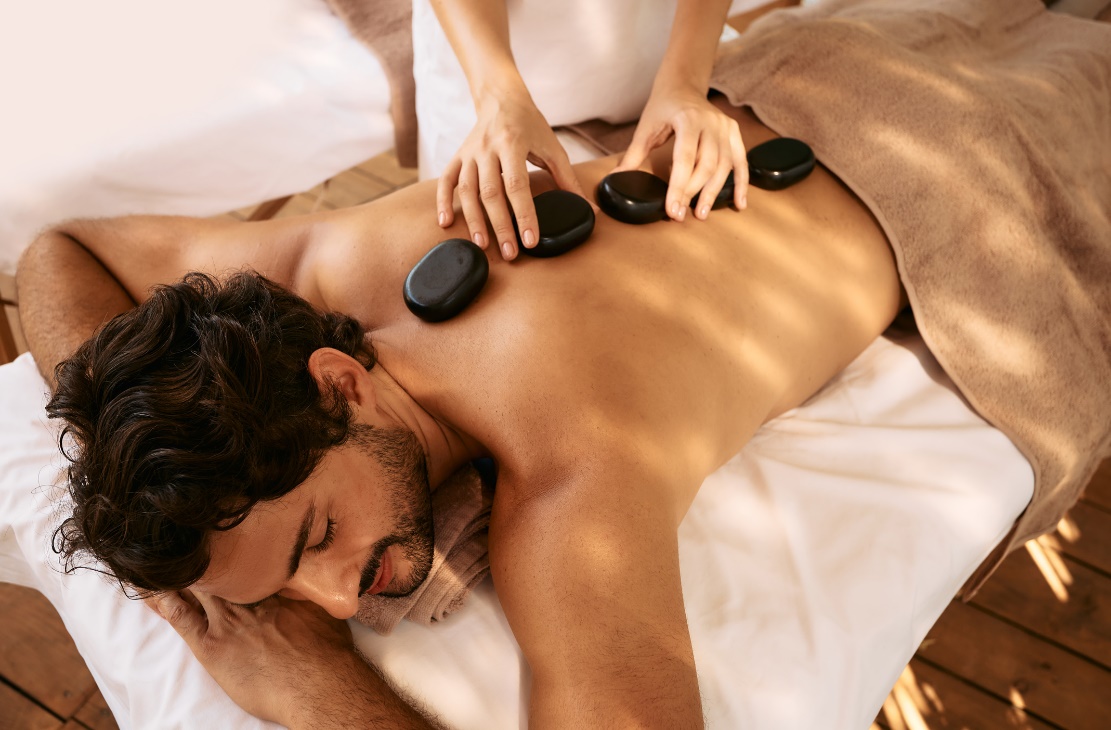
Indications for massage
Massage is indicated not only for a healthy organism after a load, but also for an organism affected by a disease process.
Diseases in which massage is used:
- vertebroalgia syndrome of the cervical, thoracic, cervical, lumbar and sacral spine
- certain stages of sciatica, intervertebral disc disease
- scoliosis
- joint disorders
- neuropathic pain (trigeminal neuralgia, etc.)
- deformities of the spine and limbs
- thickening of the limbs in other pathological processes with swelling of the limb
- post-natal complications
- conditions after spinal and pelvic surgery, joint implants
- migraines, headaches
- constipation
- imbalance of the autonomic nervous system
- wrinkles and cosmetic deformities
- psychological problems
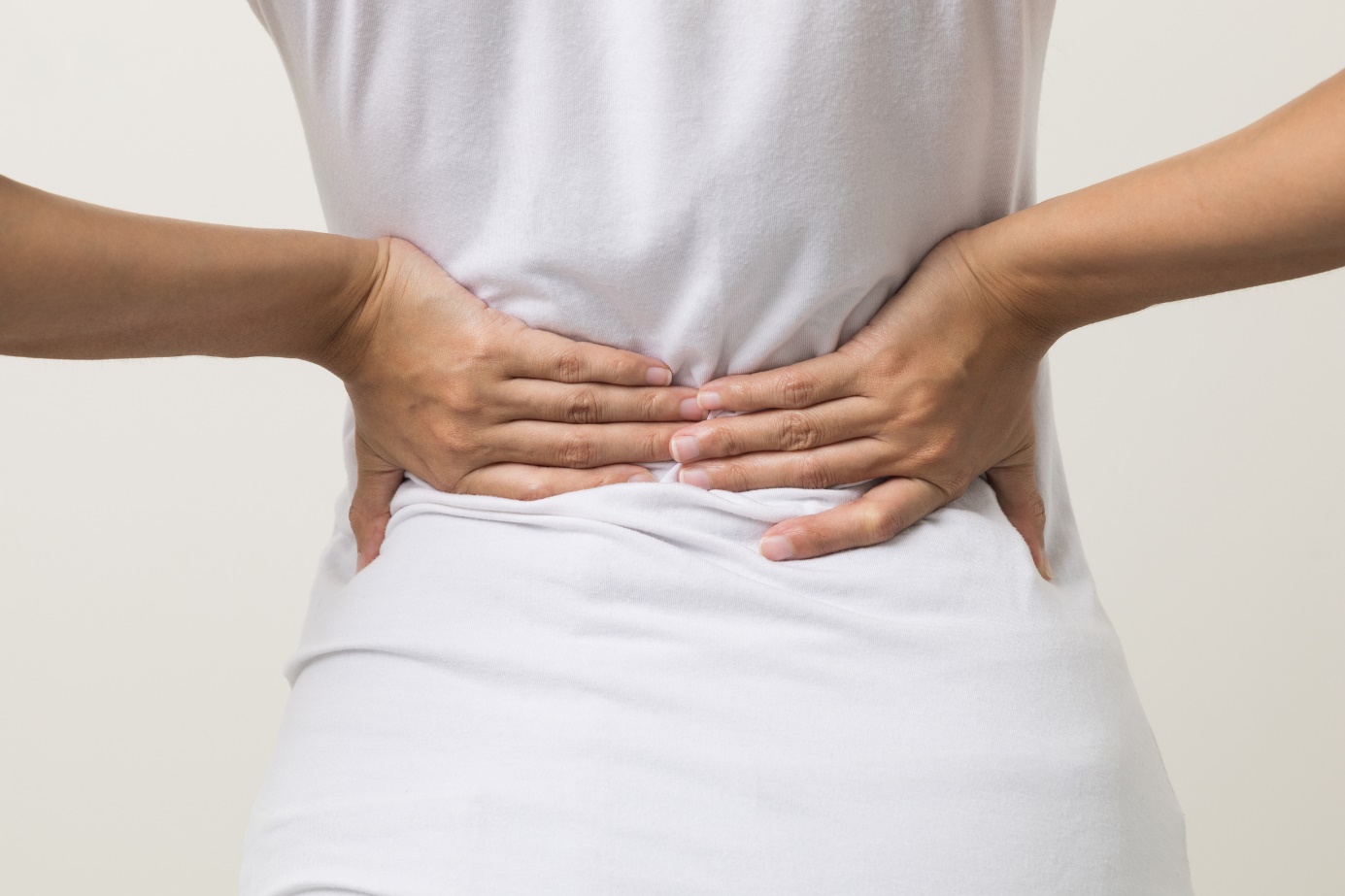
Contraindications to massage - when massage is not appropriate
Massage must not be performed in the following cases:
- ongoing inflammation in the body
- cancer
- infections
- certain cardiovascular diseases
- fresh post-operative conditions
- open wounds and bruises, joint luxations, fractures, osteoporosis
- epilepsy
- thrombosis, thromboembolic disease
- certain skin diseases
- blood thinners
Partial contraindication is arterial hypertension, diabetes, varicose veins.
Severe painful menstruation is a relative contraindication.
In pregnancy, most massages cannot be performed. In hypersensitive or anxious mothers-to-be, reflex massage of the spine and face is performed with regard to pregnancy after consultation with a doctor who will assess the patient's general condition.
Due to the increased blood circulation during the massage, it is not recommended to perform it in the first trimester of pregnancy.
The type and suitability of the massage is determined by the doctor.
Side effects of massage
These are very rare and include fractures, nerve damage or thrombosis.
Benefits of massage therapy
The main benefit is the relaxation of muscle groups. After repeated massages, the tissues gradually recover, ideally to a physiological state (without disease processes).
Blood circulation and the associated blood supply to all or part of the body is improved, leading to a strengthening of the cardiovascular and lymphatic systems.
The blood supply to the large nerves (especially the nerves of the limbs) is improved.
Psychological integration processes in the field of neuroplasticity are also improved. The influence of stress on the organism and its systems is reduced and defence mechanisms against its effects are promoted.
The organism's adaptability to stress and strain is improved.
Repeated massages improve the function of the immune system.
Massage relieves increased muscle tension.
Some authors describe improved healing after injuries (depending on the length of time after the injury and the type of injury, massage can be performed).
Massage improves sleep in the long term and is also useful for insomnia.
Interesting information can be found in the article:
Sleep hygiene: 10 simple rules for quality sleep.
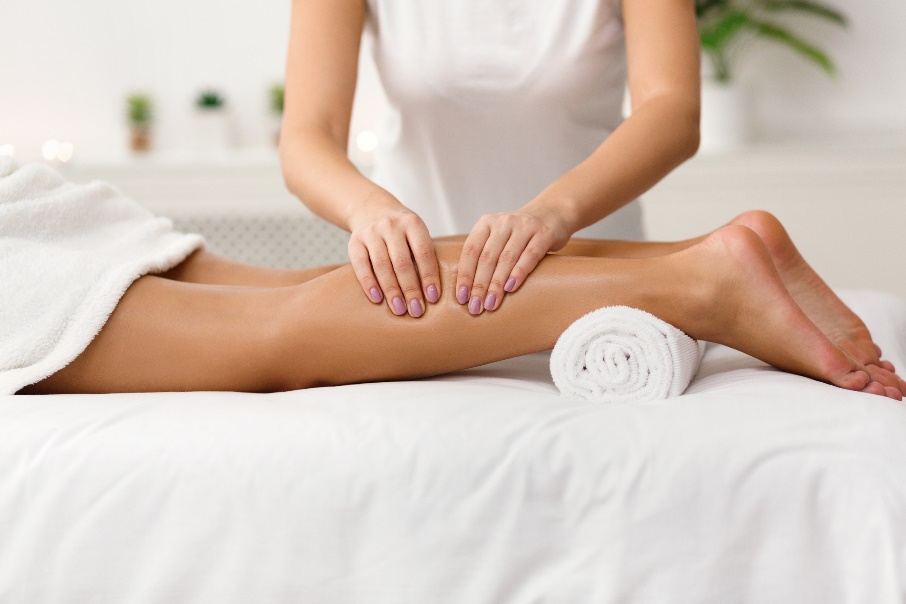
Interesting facts
In addition to massage, there are other treatments in spa facilities that work together to improve the patient's overall physical, psychological and social well-being.
Massages are generally popular with athletes who perform increased physical exertion.
The standard length of a massage is 15 to 60 minutes. Some special massages last up to 90 minutes. They are performed either sitting or lying down.
After the massage, the patient feels general fatigue.
The massage procedure should be repeated. It should last approximately 4 weeks with a frequency of 2 times a week to achieve an overall beneficial effect. In the past, it was also performed by tribal magicians or shamans.
Massage as a treatment method is prescribed by a physiologist (rehabilitation doctor) and a balneologist (spa doctor).
Lava stone massage has been tried in one study on hemodialysis patients and was found to improve their overall sleep.
Various pads, blankets or other devices are also used for massage. However, these do not replace manual massage.
Machine massage of the legs improves blood circulation and increases overall vitality. It also prevents varicose veins.
Massage should be combined with exercise.
